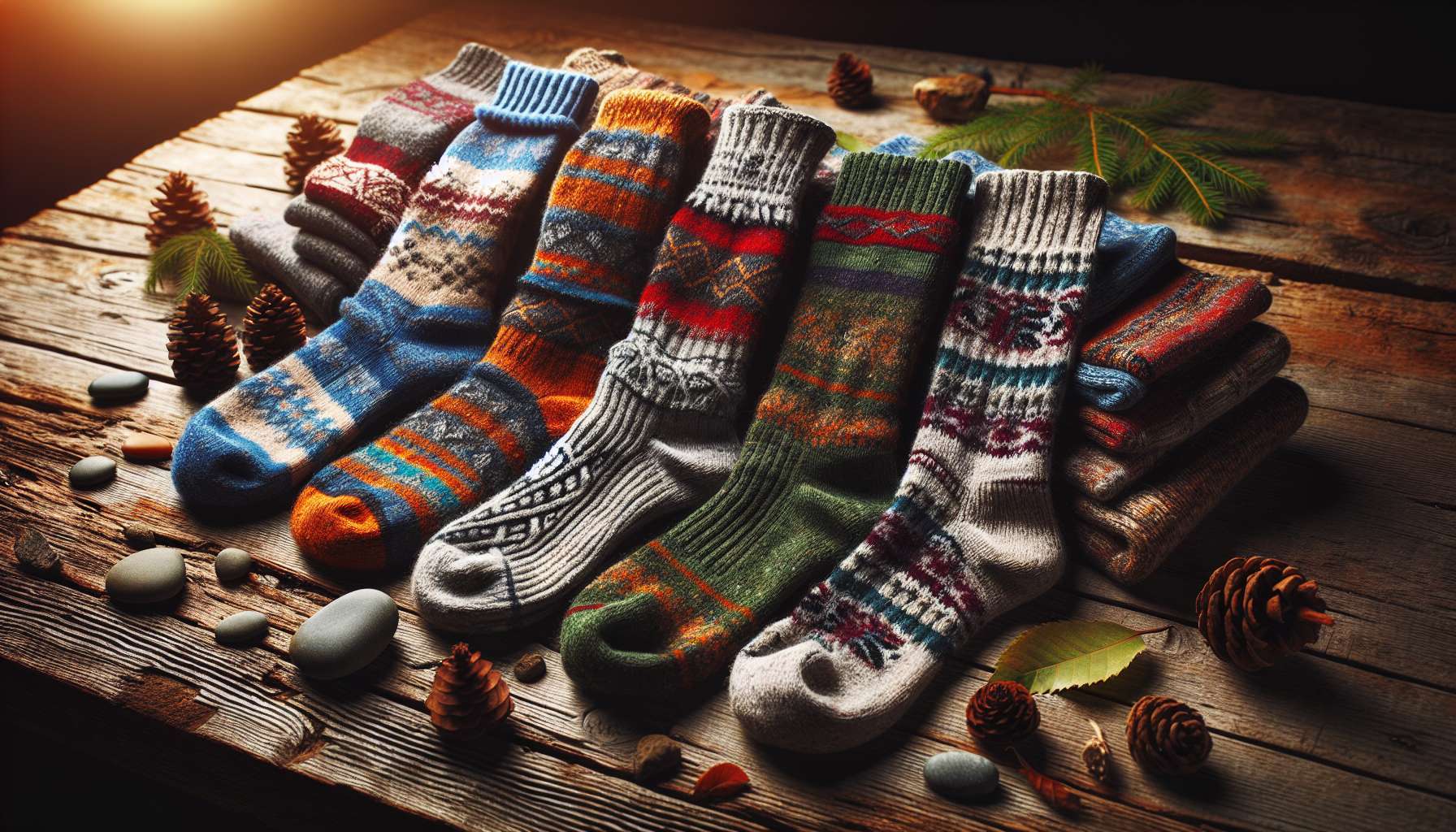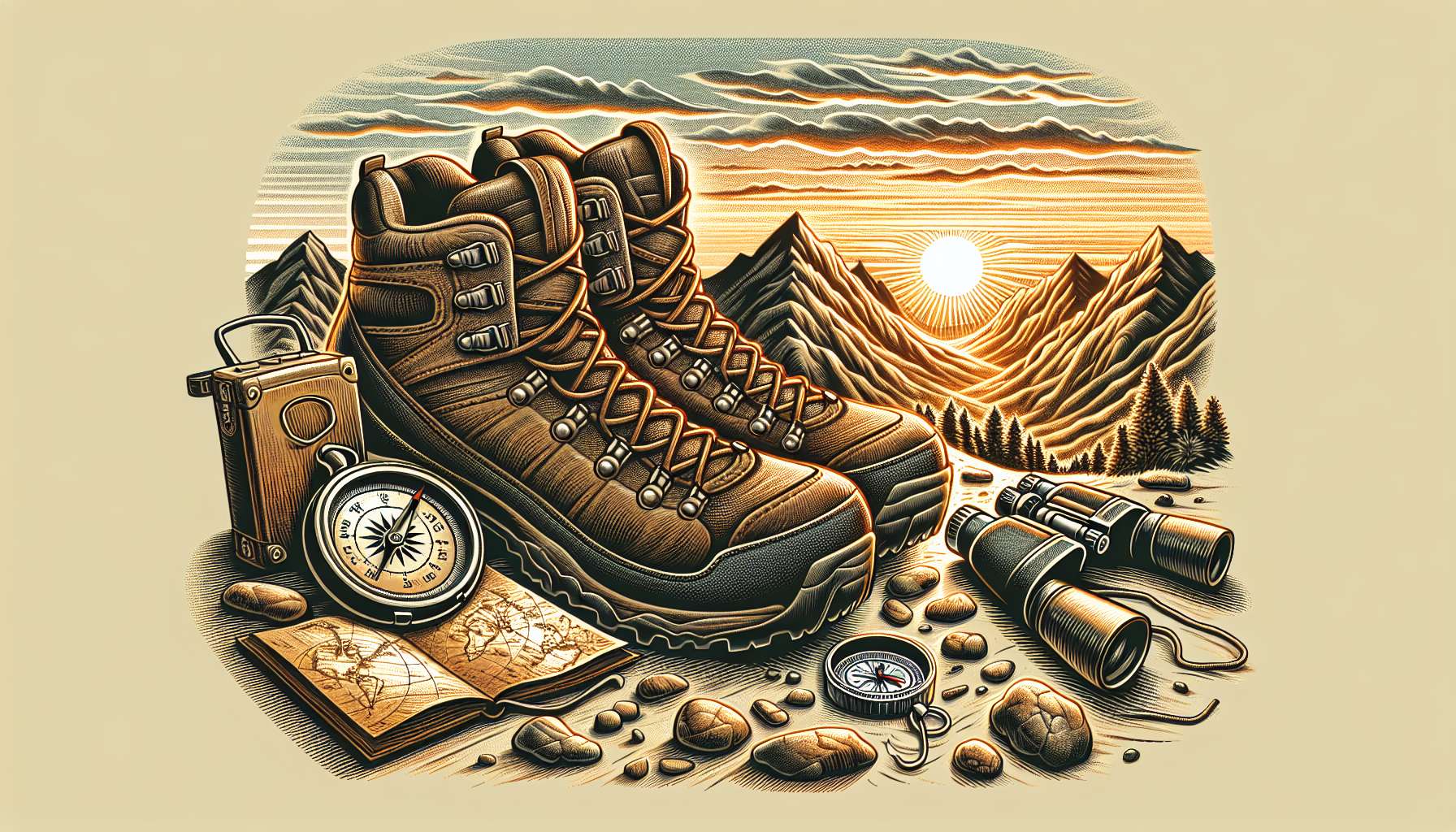The Ultimate Guide to Hiking Socks
When it comes to hiking, having the right gear is essential for a successful and enjoyable outdoor adventure. While many hikers focus on getting the perfect boots or backpack, one often overlooked item that can make a significant difference in your hiking experience is the humble hiking sock. Hiking socks are not just any ordinary socks; they are specially designed to provide comfort, support, and protection during long hours on the trail. In this comprehensive guide, we will delve deep into the world of hiking socks, exploring their importance, types, materials, and much more. So, lace up your boots, grab your favorite pair of hiking socks, and let’s hit the trail!
The Importance of Hiking Socks
Before we dive into the nitty-gritty details of hiking socks, let’s first understand why they are so crucial for hikers. Hiking socks play a vital role in keeping your feet comfortable and protected while trekking through various terrains. Unlike regular socks, hiking socks are designed to wick away moisture, prevent blisters, provide cushioning, and offer support to your feet. They can make a world of difference in terms of preventing foot fatigue, reducing friction, and enhancing overall performance on the trail.
Whether you’re a seasoned hiker tackling rugged mountain trails or a casual nature enthusiast exploring local parks, investing in a good pair of hiking socks is a must. With the right pair of socks, you can minimize discomfort, prevent injuries, and enjoy your outdoor adventures to the fullest.
Types of Hiking Socks
When it comes to hiking socks, there is no one-size-fits-all solution. Different types of hiking socks cater to various preferences, climates, and activities. Here are some common types of hiking socks:
1. Liner Socks
Liner socks are thin, lightweight socks that are worn underneath your regular hiking socks. They are designed to wick moisture away from your feet and reduce friction, helping to prevent blisters. Liner socks are particularly beneficial for long hikes or in hot weather conditions where moisture buildup can be a problem.
2. Midweight Hiking Socks
Midweight hiking socks strike a balance between cushioning and breathability. They provide moderate padding and support, making them ideal for most hiking adventures. These socks are versatile and can be worn in various climates and terrains.
3. Heavyweight Hiking Socks
Heavyweight hiking socks are thicker and more cushioned than midweight socks. They offer maximum protection and insulation, making them suitable for cold weather hikes or rugged terrain. These socks are excellent for providing extra warmth and comfort in challenging conditions.
4. Waterproof Hiking Socks
Waterproof hiking socks are specially designed to keep your feet dry in wet conditions. They are made from waterproof materials such as Gore-Tex or other membranes that prevent water from seeping through. These socks are a great choice for hiking in rainy or snowy weather.
Materials Used in Hiking Socks
The material of hiking socks plays a significant role in their performance and comfort. Different materials offer various benefits in terms of moisture-wicking, breathability, insulation, and durability. Here are some common materials used in hiking socks:
1. Merino Wool
Merino wool is a popular choice for hiking socks due to its natural moisture-wicking properties and odor resistance. Merino wool socks are soft, breathable, and comfortable to wear in a wide range of temperatures.

2. Synthetic Fibers
Synthetic fibers such as nylon, polyester, and spandex are commonly used in hiking socks for their durability and quick-drying capabilities. These materials are lightweight, moisture-wicking, and often have added stretch for a snug fit.
3. Coolmax
Coolmax is a specialized polyester fabric that is designed to wick moisture away from the skin. Coolmax hiking socks are excellent for hot weather hikes or intense physical activities where sweat management is crucial.
4. Silk
Silk is a luxurious material that is lightweight, soft, and moisture-wicking. Silk hiking socks provide a comfortable and smooth fit, making them a great choice for those looking for a more delicate feel.
Choosing the Right Hiking Socks
With so many options available, choosing the right pair of hiking socks can be overwhelming. Here are some factors to consider when selecting hiking socks:
1. Fit
Ensure that the hiking socks fit snugly without being too tight or too loose. A proper fit will prevent chafing, blisters, and discomfort on the trail.
2. Cushioning
Consider the level of cushioning you need based on the type of hiking you’ll be doing. Lighter cushioning is suitable for shorter hikes, while heavier cushioning provides more comfort on longer treks.
3. Moisture-Wicking
Look for socks that have moisture-wicking properties to keep your feet dry and comfortable throughout your hike. Moisture-wicking socks help prevent blisters and odor-causing bacteria.
4. Temperature Regulation
Choose hiking socks that are appropriate for the temperature and climate of your hike. Wool socks provide insulation in cold weather, while synthetic socks are ideal for warmer conditions.
Expert Opinions
To gather insights from experts in the hiking and outdoor industry, we reached out to renowned hiking enthusiasts and gear experts. According to Sarah Thompson, a seasoned hiker and outdoor blogger, “Investing in high-quality hiking socks can make a significant difference in your overall hiking experience. It’s essential to choose socks that prioritize comfort, support, and durability for long hours on the trail.”
Furthermore, John Davis, a professional outdoor gear tester, emphasizes the importance of proper sock selection, stating, “The right pair of hiking socks can prevent blisters, regulate temperature, and enhance your performance on the trail. Don’t underestimate the impact of good socks on your hiking adventures.”
Conclusion
To wrap things up, hiking socks are a vital piece of gear that can greatly impact your hiking experience. With the right pair of socks, you can ensure comfort, support, and protection for your feet during long hours on the trail. Whether you opt for merino wool, synthetic fibers, or waterproof materials, choosing hiking socks that suit your needs and preferences is key to a successful hike. So, next time you hit the trail, don’t forget to put on your favorite pair of hiking socks and step out with confidence!




